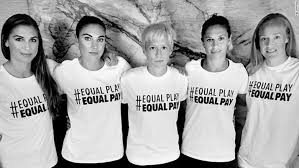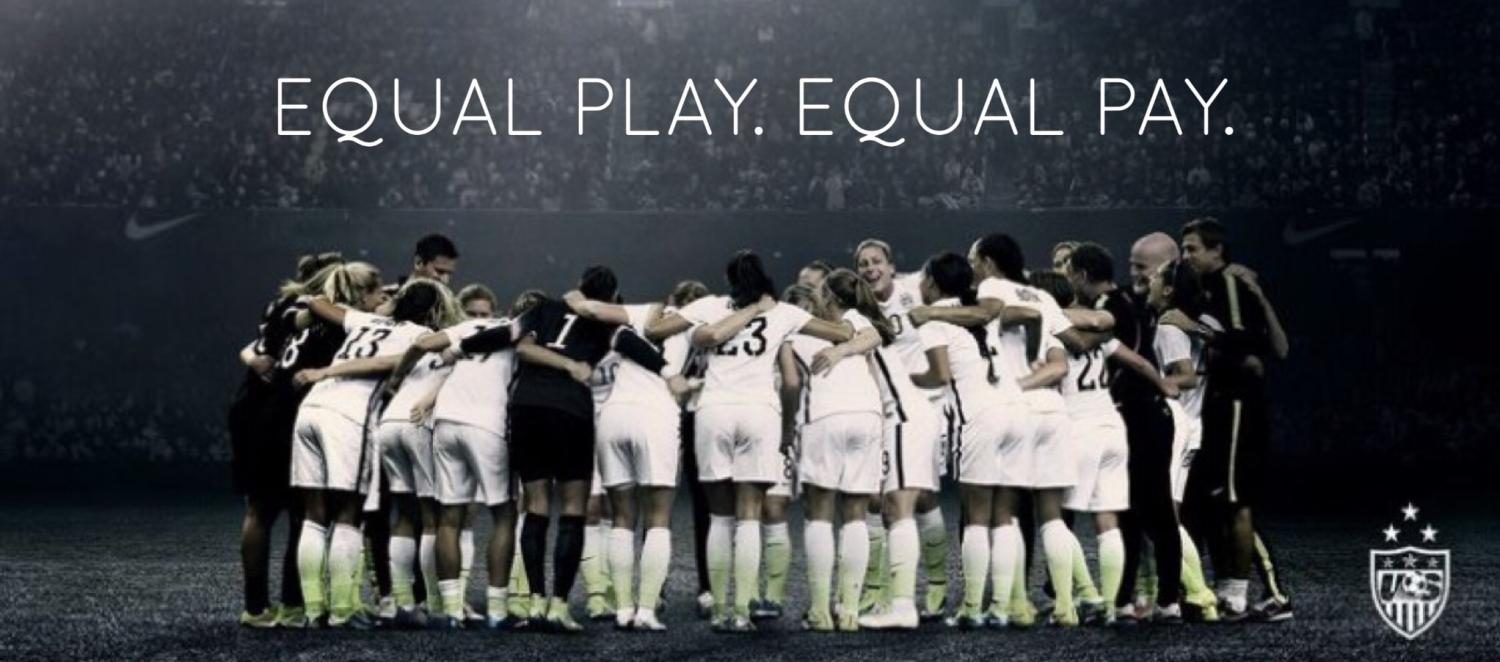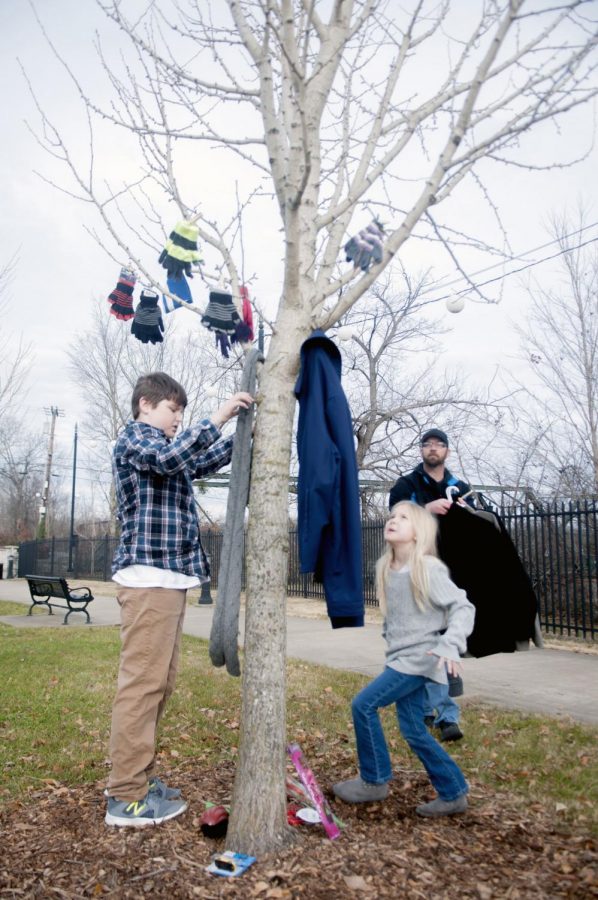Equal Pay for Equal Play: The Women’s National Soccer Team Fights For Equality
March 7, 2017
On Wednesday, March 1, the United States Women’s National Soccer Team (USWNT) played in their first game of the second annual She Believes Cup in Chester, Pennsylvania. They had an impressive first showing of 2017, defeating Germany 1-0.
The She Believes Cup, an annual tournament that takes place with the top women’s soccer teams in the world, is an initiative designed to send a message to girls that they can accomplish all their goals and dreams. The teams competing this year in the tournament are the United States, Germany, England, and France.
The She Believes initiative is a timely event, taking place at a time of women’s marches, a large resurgence throughout the world of the awareness of women’s rights, and during women’s history month. However, this is not the only act that the U.S. Women’s National Soccer Team is involved in to empower women.
At the end of March 2016, five members of the team filed a wage discrimination lawsuit against U.S. Soccer stating they were acting on behalf of the team.
The women’s team has had much success as they are ranked number one in the world and recently won the 2015 FIFA Women’s World Cup. The U.S. men’s national team is currently ranked 29th in the world and lost in the round of 16 of the 2014 FIFA World Cup.
The women’s team is still being paid significantly less than the men despite the notable evidence of their success.
The women currently receive $60 per international match while the men receive $75.The men also receive $5,000 for losing a friendly and $17,625 for winning a friendly against a top opponent. Similarly, the women get no less $4,950 even if they win every game.
In addition, the men’s team earned $9 million in the 2014 World Cup for losing in the round of 16, while the women made $2 million when they won the 2015 championship.
The United States Soccer Federation claims that part of the reason for the pay disparity is the women’s agreement to be paid under a salary-based system rather than a bonus centric-plan the men work under. Also, part of their pay comes from the money they receive from FIFA.
The federation also claimed that the men’s team produces revenue and ticket sales that are double what they are for the women’s team, which means that players on the men’s team reap the benefits through revenue-sharing agreements.

However, when the women’s team played in the final of the Women’s World Cup, they had 25.4 million viewers on television, a record for a men’s or women’s soccer game on English-Language T.V. in the United States. It also drew more viewers than some other popular men’s sporting events such as the World Series and NBA finals.
Personally, I have attended both a Women’s National Soccer Team match and a Men’s National Soccer Team Match and the difference in the crowd’s energy and size was immense.
I saw the women play in St. Louis against New Zealand with a record breaking crowd of 35,817 people. The St. Louis Cardinals’ stadium was packed and the crowd was electric. The American Outlaws, a large group of soccer fans who support U.S. soccer, had their own section of seats in the stadium. They were constantly chanting, singing or cheering. Every time a goal was scored, the crowd went wild with excitement.
I saw the men play in Nashville against Guatemala. The crowd was large, but Guatemala’s fans made up at least a third of the crowd. The American Outlaws’ section was big, but not nearly as excited or lively as the women’s crowd.
It was also the day before the women’s team was to play in the 2015 World Cup final. Every time an announcement was made about their game, the crowd went wild and immediately forgot about the game that was being played right in front of them.
From attending these two games, I find it very hard to believe that the men bring in more money than the women.
Jeffrey Kessler, a lawyer who supports the women told CNN, “The women’s team does the identical work as the men’s team, except they have outperformed in every way. The U.S. Soccer Federation made a profit of $16 million on the women’s team last year. It had a loss on men’s team.” Even if the women have brought in less money in the past, change is most definitely coming.
However, it’s not that the men’s team hasn’t been successful the past couple of years. They won the CONCACAF Gold Cup in 2007, gained second place in the 2009 FIFA Confederations Cup, and won second place in the CONCACAF 2009 Gold Cup. The problem is that the women do equal amounts of work for less pay.
“Our beef is not with the men’s national team; we love those guys, and we support those guys,” Carli Lloyd, a member of the women’s team wrote for NY Times, “It’s with the federation, and its history of treating us as if we should be happy that we are professional players and not working in the kitchen or scrubbing the locker room.”
The She Believes initiative and the fight for equal pay are just small steps towards equality, especially in soccer. “The fact that women are being mistreated financially is, sadly, not a breaking news story.” Lloyd said, “It goes on in every field. We can’t right all the world’s wrongs, but we’re totally determined to right the unfairness in our field, not just for ourselves but for the young players coming up behind us and for our soccer sisters around the world.”
The United States Women’s National Soccer Team will be playing in their final game of the She Believes Cup on Tuesday, March 7 at 7 p.m. ET against France.
[Update: The United States Women’s National Soccer Team reached new agreements on their salary. They now are being paid significantly more. However, the new deal does not guarantee equal pay with the United States Men’s National Team. You can learn more here.]




